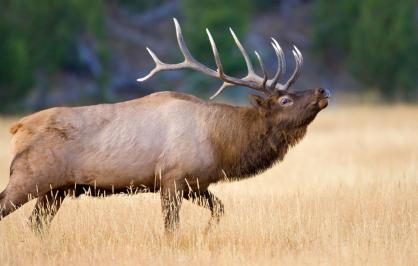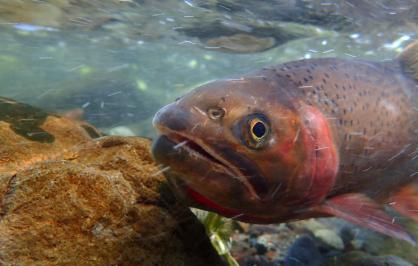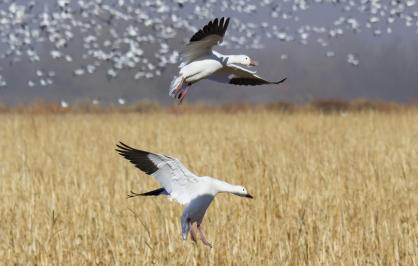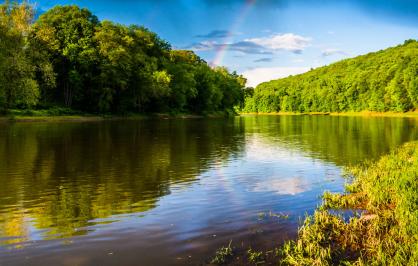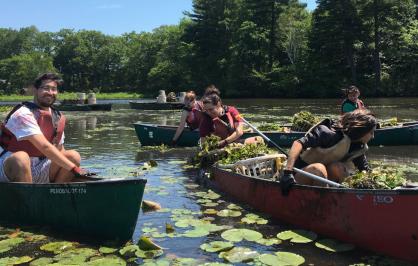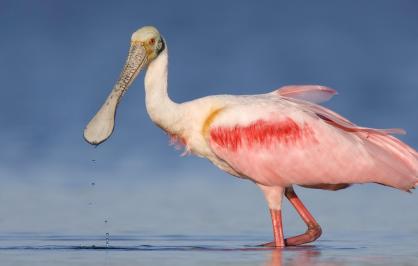
The Delaware River is internationally recognized for its exceptional ecologically and historically significant sites. The river provides drinking water to over 13 million people, it annually attracts numerous tourists, and it supports an economy largely based upon the expansive natural resources of the region.
Since the 1600s, humans have been altering the Delaware River landscape by clearing forested lands for agriculture, harvesting lumber, building canals, roadways and dams, dredging for deeper ports, and intensifying industries reliant on the watershed’s water and energy sources. Periodically over the past two centuries, economically and ecologically critical migratory fish, bird and oyster populations have been decimated by overharvesting, pollution, hydrologic and hydraulic changes, and habitat loss and fragmentation. However, due to pollution abatement and other habitat improvement measures implemented over the last several decades, populations have begun to rebound.
Conservation Needs & Strategies
NFWF’s Delaware River Watershed Business Plan targets three integral habitat improvement strategies for restoration and protection that are critical to the Delaware River watershed, its fish, wildlife and people: nearshore, aquatic, and forest.
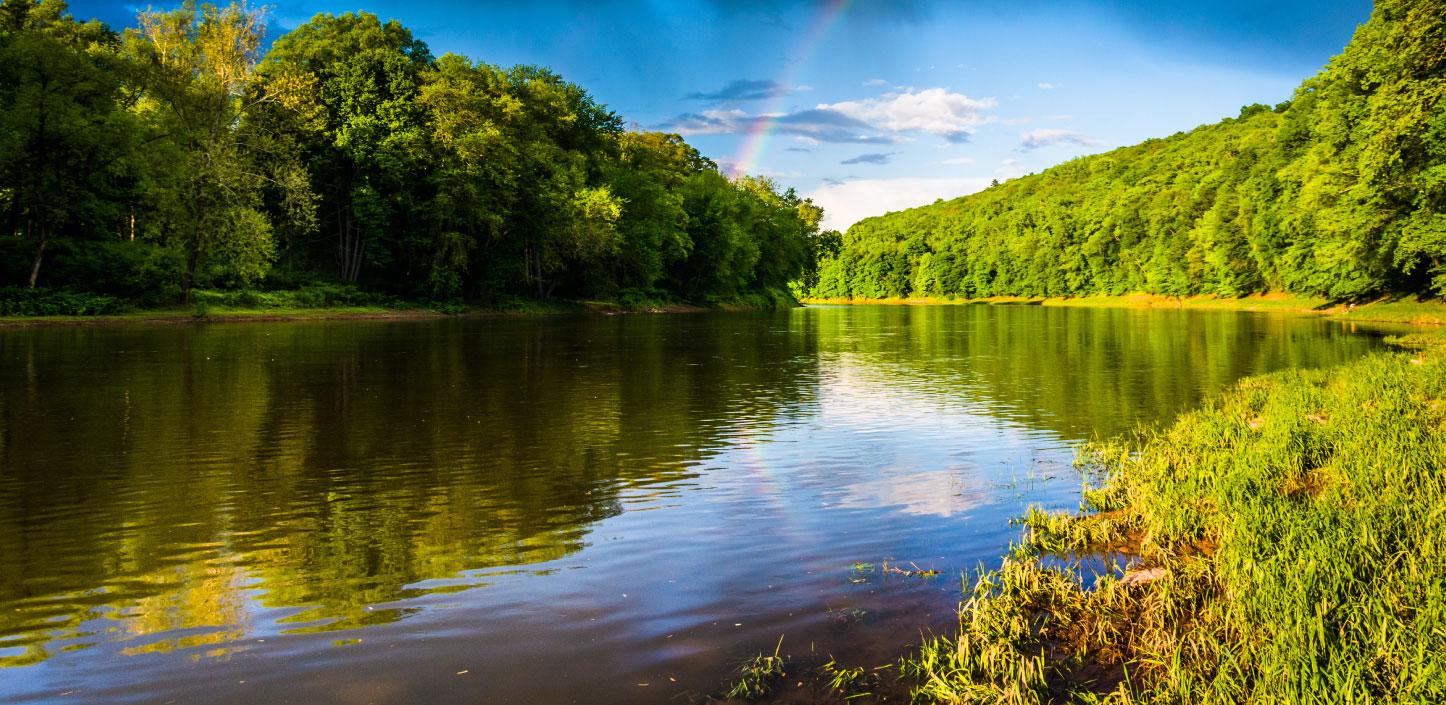
Delaware River Program
The Delaware River Program is dedicated to restoring the fish and wildlife habitats and water quality of the Delaware River and its tributaries. The Delaware River Program currently awards grants through a single competitive funding opportunity—the Delaware Watershed Conservation Fund.
Learn More